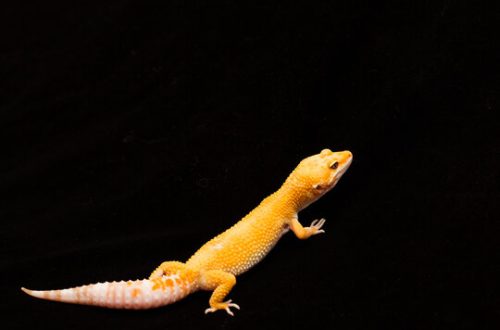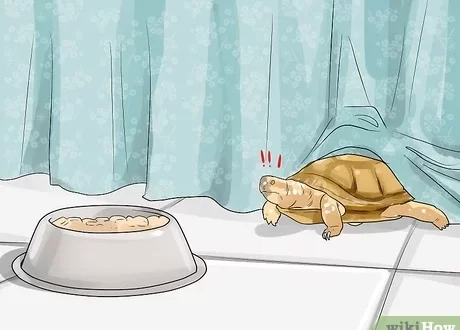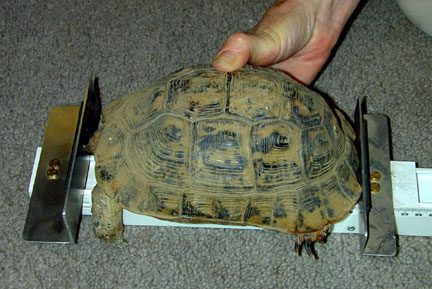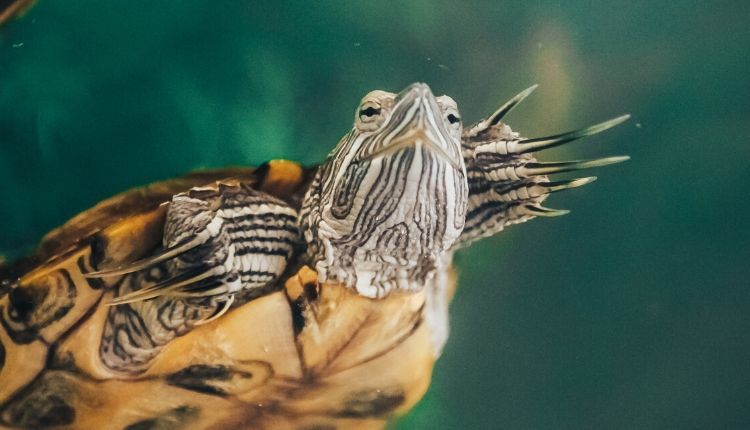
Manicure for your beloved Tortilla: is it worth trimming the claws of a turtle
The subtleties and tricks of turtle manicure from herpetologist Lyudmila Ganina.
Veterinarian and reptile specialist Lyudmila Ganina explains to which domestic turtles and when it makes sense to cut their nails, and how to help in case of force majeure.
Which turtles long claws hurt, and which ones are even useful, depends on what kind of turtle you have: red-eared or terrestrial. And from what kind of claws you are going to cut.
Red-eared turtle manicure. If you have ever seen a red-eared turtle, you have probably noticed the long claws on their front paws. If not yet, enjoy.
Such long claws help to move in the water, hold prey and even a partner during the mating season.
In other words, if your turtle has long claws on its front legs, don’t worry. This is fine. However, the same long claws on the hind legs are a cause for concern.
Long claws and change in their shape on the hind legs in red-eared turtles are usually signs of metabolic problems.
The causes of violations of the length and shape of the claws of a turtle are most often in improper feeding and conditions of detention. Long nails need to be cut, but very carefully. If you do not have enough experience or are afraid, it is more reliable to contact a herpetologist veterinarian – in other words, a reptile specialist.
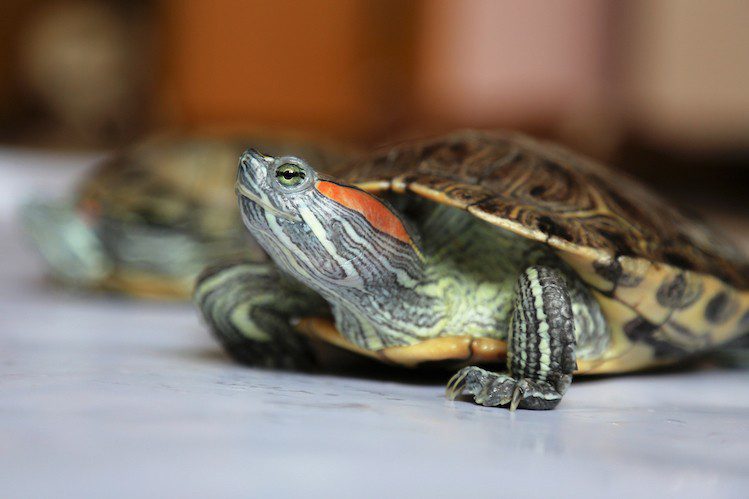
Manicure of land turtles. With land turtles, the story is different. In the wild, the claws of turtles grind down naturally, in contact with the surface of the earth and stones. The same thing happens in captivity: with the right soil and a perfectly balanced diet. But this doesn’t always work out.
Claws that are too long make it difficult for tortoises to walk and can lead to limb deformities.
Long claws in land turtles most often grow due to errors with the ground and. If you notice that your pet’s claws have become long and interfere with his walking, they need to be shortened a little. You can carry out the procedure yourself or consult a veterinarian.
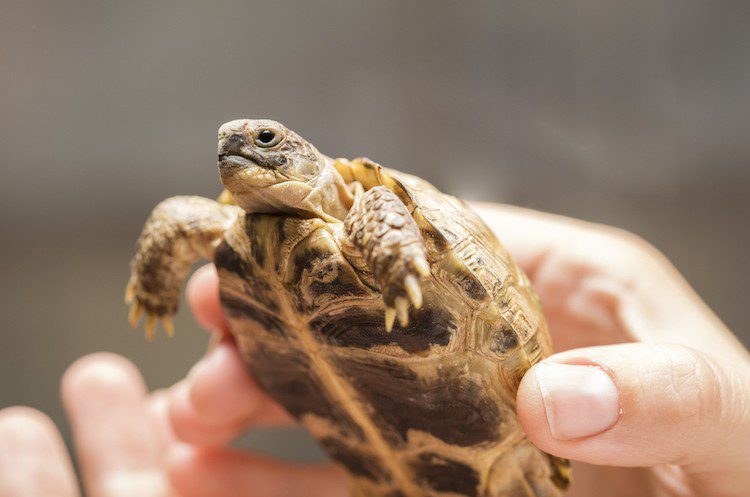
Let’s run ahead. Let’s say it’s time for your turtle to trim its claws. If you are determined to do it personally, I will tell you how to do it as safely as possible. For the procedure, first of all, you will need attentiveness and a special nail cutter. These are available at any pet store. The larger your turtle, the larger its claws – and the more you need a nail cutter.
In case of awkward movements and other mistakes, I recommend preparing a gauze swab, antiseptic and hemostatic powder in advance. Especially if you decide to cut the turtle’s claws for the first time.
The main thing during a turtle manicure is to act confidently and not to hurt the blood vessel and nerve endings.
Let’s take a look at how to cut a turtle’s claw step by step:
Choose a cut point. Take your time. Examine the claw carefully. It is clearly divided into light and dark zones. The dark zone is blood vessels and nerve endings. She can’t be hit!
Lock the turtle’s leg. Ideally, if you have an assistant. Ask him to gently hold the turtle.
Shorten each claw in turn. Cut off the light keratinized part. How much to cut off depends on the length of the claw, but a few millimeters must remain before the dark area.
If you still touched the vessel, treat the wound with an antiseptic: chlorhexidine, Miramistin or Vetericin lotion. To stop the bleeding, press down with a gauze pad. Or use a special hemostatic powder – powder.
First, inspect the claw. Depending on his condition, I will suggest three scenarios of action.
- The dark area is not affected and there is no bleeding
It is enough to cut the claw at the place of the break and gently file it with a regular file.
- Vessels are affected and there is blood
Treat the wound with an antiseptic. To stop the bleeding, press the wound with a gauze pad or use a special hemostatic powder. In this case, the claw cannot be filed.
- The claw is only half broken and bleeding from it
The broken off part must be removed, but it will be better if this is done by a veterinarian under sterile conditions. Then he will treat the wound and stop the bleeding.
Most importantly, just clipping the nails from time to time is not enough. It is important to understand why exactly they grow or break. And only after that – adjust the conditions of detention. More specifically, what exactly is wrong with your pet and how to help your turtle specifically – a reptile specialist will tell you at the reception at the veterinary clinic.
In the meantime, choose a herpetologist, here are useful articles to help you formulate point questions about your turtle:



